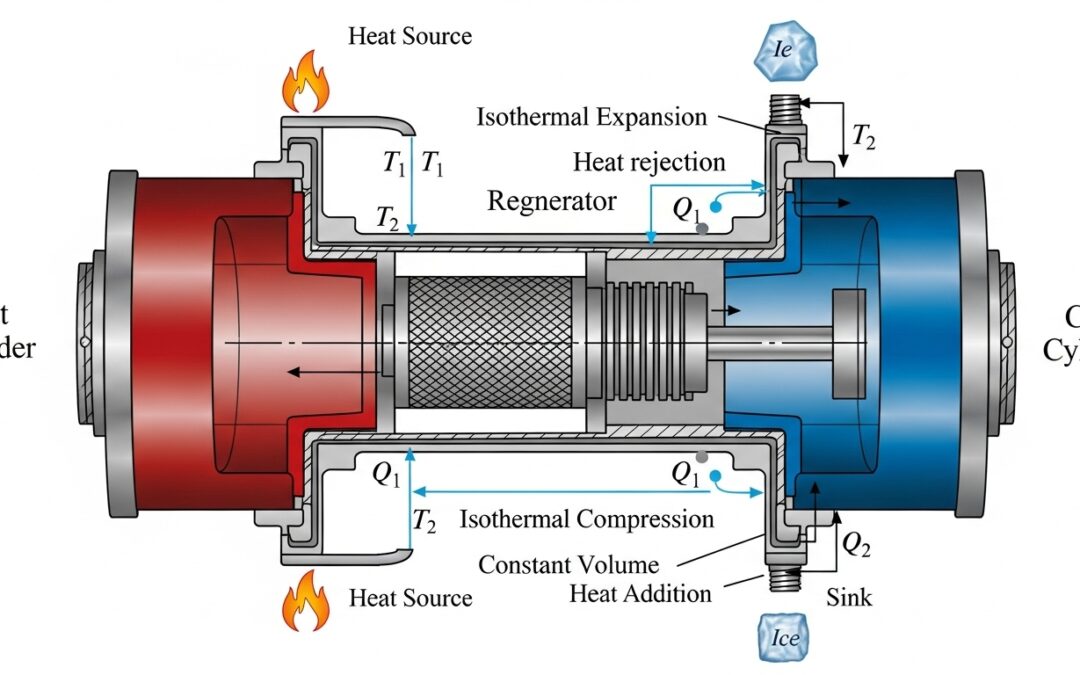Titan Sub Implosion Audio: The loss of the Titan submersible and its crew remains a profound tragedy. However, amidst the grief, a remarkable piece of evidence emerged: the recording of the implosion itself. This Titan Sub Implosion Audio, captured by a passive acoustic recorder 900 miles away, offers an unprecedented glimpse into the final moments of the vessel. The sheer distance at which this faint, explosive sound was detected underscores the power of acoustic sensing technology and the remarkable properties of water as a sound transmission medium. This audio evidence is now central to the ongoing investigation.
Table of Contents
Consequently, analyzing the Titan Sub Implosion Audio presents a unique technological challenge and opportunity. The data, meticulously processed and analyzed, reveals the implosion’s distinctive characteristics, including its timing and intensity. These details provide crucial insights into the catastrophic failure. Moreover, the successful detection from such a distance showcases the sophistication of NOAA’s acoustic monitoring network, a system with far-reaching applications beyond this tragic event. The investigation’s findings will undoubtedly shape future deep-sea exploration, emphasizing the need for enhanced safety protocols and technological advancements.
We also Published
Unveiling the Acoustic Echoes of the Titan Submersible’s Implosion
The year is marked by a profound tragedy, the loss of five souls aboard the Titan submersible. This calamitous event, occurring in the inky depths of the Atlantic, has captivated the world. Yet, amidst the grief and speculation, a remarkable detail emerges: the recording of the implosion itself, captured from an astonishing 900 miles away. This extraordinary feat, achieved by a passive acoustic recorder deployed by the National Oceanic and Atmospheric Administration (NOAA), stands as a testament to the power of acoustic sensing technology. The faint, yet unmistakable, sound of the implosion, a sharp, explosive crack amidst the ocean’s ambient noise, offers a chillingly precise marker of the final moments of the Titan. This audio evidence, a stark reminder of the immense pressures at such depths, has become a pivotal piece in the ongoing investigation, shedding light on the catastrophic failure that claimed the lives of the esteemed explorers.
The ability to detect such a subtle event from such a vast distance underscores the remarkable properties of water as a sound transmission medium. Water, far superior to air in its capacity to carry sound waves, allows for the propagation of acoustic signals over exceptionally long ranges. This principle, long understood and exploited by naval forces, forms the basis of systems like the Sound Surveillance System (SOSUS), originally designed for submarine tracking. NOAA’s extensive network of acoustic sensors, a far-reaching system deployed for monitoring marine life, detecting seismic activity, and tracking vessel movements, played a crucial role in capturing this pivotal moment. The anomaly detected by one of these sensors, consistent with the characteristic signature of an implosion, provided the first crucial clue in the investigation’s unraveling of the tragedy.
Analyzing the Acoustic Data: A Technological Marvel
The successful detection of the Titan’s implosion from such a considerable distance is a testament to the sophistication of modern acoustic monitoring technology. The NOAA’s network of underwater listening devices, a testament to decades of scientific advancement, is capable of discerning subtle acoustic signatures amidst the ocean’s ambient noise. The data acquired from these sensors, meticulously processed and analyzed, revealed the distinctive characteristics of the implosion, confirming the tragic event and providing valuable insights into its nature. The precise timing and intensity of the acoustic signal offer clues about the nature of the catastrophic failure. Furthermore, the development and deployment of such sophisticated acoustic monitoring systems have far-reaching implications beyond the investigation of the Titan incident. These technologies are crucial for a wide range of applications, including marine resource management, environmental monitoring, and seismic hazard assessment. The data collected by these systems is instrumental in understanding and mitigating risks associated with various underwater phenomena.
The analysis of the acoustic data is a complex process involving advanced signal processing techniques. The raw acoustic signals, often masked by ambient noise, require sophisticated filtering and enhancement to isolate the event of interest. The characteristics of the implosion signal, including its frequency content, duration, and amplitude, provide valuable information about the nature of the event. Sophisticated algorithms are employed to distinguish the implosion signal from other acoustic events, such as marine mammal vocalizations or seismic activity. The accuracy of the acoustic data analysis is crucial for determining the precise location and timing of the implosion, contributing significantly to the ongoing investigation and the understanding of the underlying causes of the tragedy. The refinement of these techniques holds the key to unlocking a deeper understanding of the ocean’s mysteries.
Investigating the Causes: A Multifaceted Inquiry
The implosion of the Titan submersible has prompted a thorough investigation into the causes of this catastrophic event. Multiple lines of inquiry are being pursued, focusing on various aspects of the submersible’s design, construction, and operation. The investigation delves into the materials used in the submersible’s construction, examining their structural integrity and resistance to the immense pressure at the depth of the implosion. Furthermore, the investigation scrutinizes the submersible’s control systems, assessing their functionality and reliability under extreme conditions. The meticulous examination of these factors is essential to determining the precise sequence of events leading to the implosion and to prevent similar tragedies in the future. The findings of this investigation will undoubtedly influence the design and operation of future deep-sea submersibles.
Beyond the technical aspects, the investigation also examines the regulatory framework governing deep-sea submersible operations. The safety protocols, certification processes, and oversight mechanisms are under scrutiny to identify potential areas for improvement. The investigation seeks to establish whether adequate safety measures were in place and whether these measures were effectively implemented. The findings of this investigation will inform the development of more stringent safety regulations and improved oversight mechanisms to enhance the safety of future deep-sea exploration endeavors. This comprehensive approach to investigation aims to ensure that the lessons learned from the Titan tragedy are applied to prevent future incidents.
Lessons Learned and Future Implications: Charting a Safer Course
The tragic loss of the Titan submersible serves as a stark reminder of the inherent risks associated with deep-sea exploration. The investigation into the causes of the implosion will undoubtedly lead to significant advancements in the design, construction, and operation of deep-sea submersibles. Improved materials, more robust control systems, and enhanced safety protocols will be implemented to mitigate the risks associated with deep-sea exploration. The development of more sophisticated monitoring technologies, such as the acoustic sensors used to detect the implosion, will also play a crucial role in enhancing the safety of future missions. The lessons learned from this tragedy will undoubtedly shape the future of deep-sea exploration, ensuring that future endeavors are conducted with a heightened focus on safety and risk mitigation.
The investigation into the Titan implosion is not merely a technical inquiry; it is a profound examination of human ambition, risk assessment, and the ethical considerations surrounding deep-sea exploration. The tragedy underscores the need for a balanced approach, one that recognizes the allure of scientific discovery while prioritizing the safety and well-being of those who venture into the unexplored depths. The legacy of the Titan tragedy should serve as a catalyst for a more cautious, responsible, and ethically informed approach to deep-sea exploration, ensuring that future endeavors are conducted with a heightened awareness of the inherent risks and a commitment to minimizing them. The world awaits the final report, hoping that the lessons learned will pave the way for a safer future for deep-sea exploration.
We also Published
RESOURCES
- New audio reveals moment of the Titan sub implosion
- Recording captured the chilling sound of the Titan submersible’s final …
- US Coast Guard releases chilling audio of Titan submersible’s final …
- Titan submersible audio: Coast Guard releases recording of implosion
- From 900 miles away, the US government recorded audio of the Titan sub …
- US Coast Guard releases suspected audio recording of Titan … – CNN
- Sub Implosion Audio Released For The First Time – Jalopnik
- Coast Guard releases recording that appears to be audio of Titan, the …
- The NOAA has released audio of the Titan sub’s implosion.
- Recording captures audio of Titanic submersible implosion







0 Comments